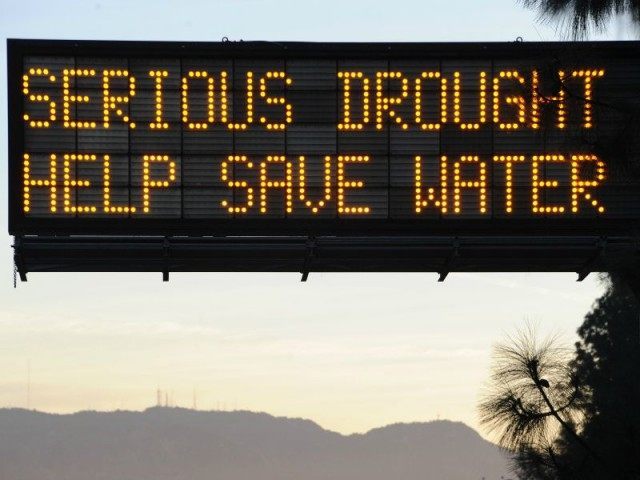California had been hoping that by this time of year, rains from a record-strength Pacific El Niño would bolster state water supplies and help it recover from a devastating, four-year-long drought.
Instead, the state has seen record heat and a prolonged dry spell in the month of February that, if continued through the end of winter and spring, could spell the end of any meaningful chance El Niño ever had of dragging California out of drought.
February 2016 may have been the hottest February ever recorded in California, with an average high temperature of 77.5 degrees, according to an analysis of temperature data conducted by the Los Angeles Times. Temperatures across the state soared into the high-70s to mid-80s as a high pressure system moved over Southern California and Nevada in early February, and led to an unusual heat wave that repelled El Niño-fueled rainstorms.
Weather observers believed that the El Niño — which the NOAA has called the strongest event of its kind since at least 1950 — would have dumped significant rain and snow across the state by now. Southern California did see wet, wintry weather and at least one major storm in January, but has been mostly dry since then. Northern California has had slightly better luck.
The heat has dealt a serious blow to what is perhaps the most critical region of California in terms of water supply: the Sierra Nevada mountain range, where the snowpack is melting alarmingly fast. On February 1, the water content in the Sierra snowpack measured 114 percent of average for that time of year; on Tuesday, measurements showed the level had decreased to just 83 percent. California relies on runoff from the Sierra snowpack for up to a third of its annual water supply.
To make matters worse, Californians failed to meet Gov. Jerry Brown’s mandatory 25 percent water use reduction order for the first time in January. The state cut water use by 17.1 percent in January, down from 18.4 percent saved in December, to bring the state’s cumulative conservation rate since June of last year to 24.8 percent, narrowly missing Brown’s mark.
In a statement accompanying the disappointing January figures, State Water Resources Control Board chair Felicia Marcus urged Californians to “stay the course.”
“We’re hoping for every raindrop and every snowflake we can handle. We’re hoping for a miracle March and an awesome April,” Marcus said. “But we can’t know what the next couple months will bring. And a warm and dry February has proved that we can’t count on El Niño to save us.”
California will need to see significant rainfall — and quickly — if it is to avoid entering a fifth year of drought. There is still hope: forecasters reportedly predict a full 10-day period of rainfall to begin Friday.

COMMENTS
Please let us know if you're having issues with commenting.